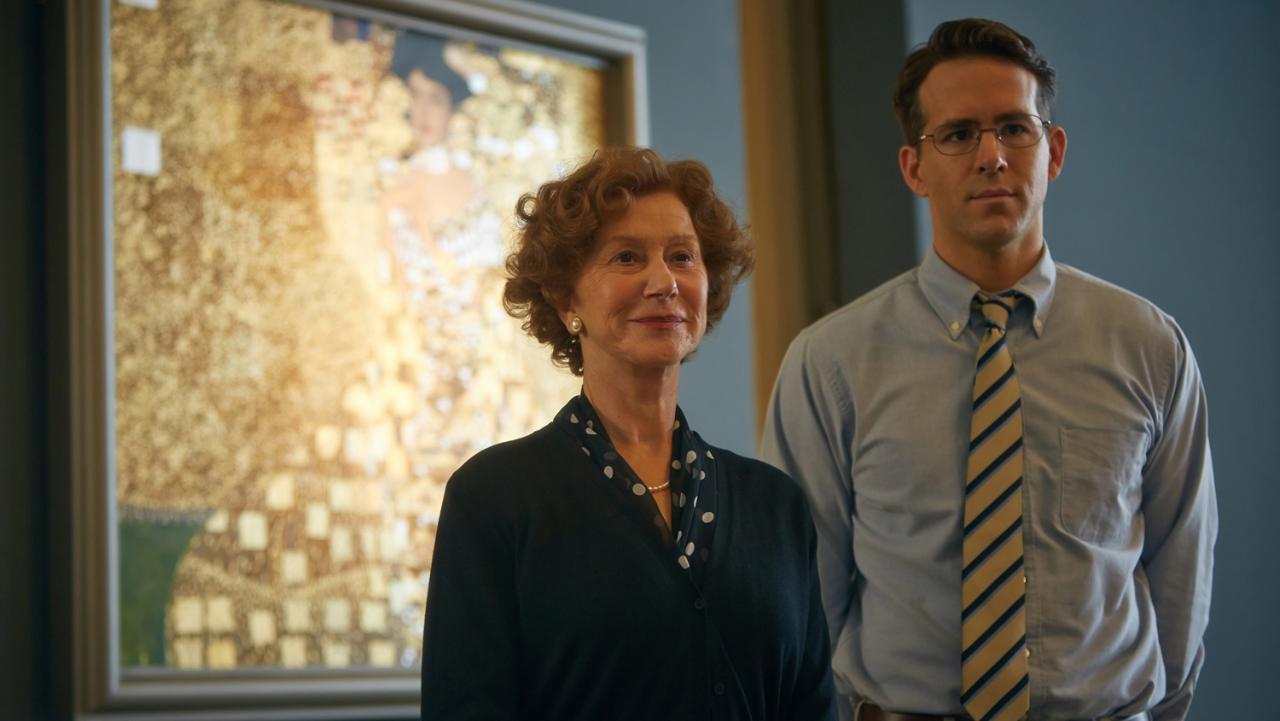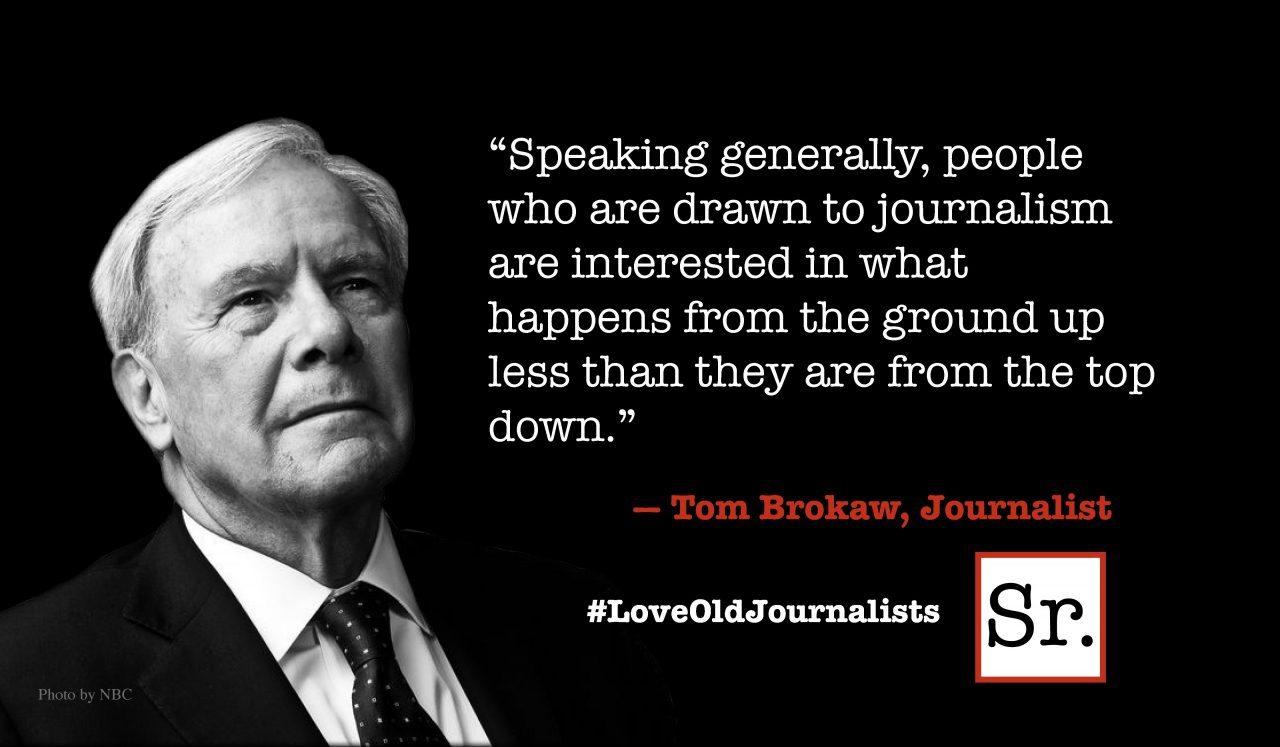Despite a tendency to dilute its message with easily digestible Hollywood moments, “Woman in Gold” provides the formidable Helen Mirren with yet another juicy role while raising some thought-provoking questions about art, ownership and societal upheaval.
The subject is the real-life pursuit of California transplant Maria Altmann (Mirren) to reclaim several paintings stolen from her Jewish family in Vienna by the Nazis. The most important piece is Gustav Klimt’s “Lady in Gold,” also known as “Portrait of Adele Bloch-Bauer” (Adele was Maria Altmann’s aunt). It and several additional Klimt paintings were looted by the Germans and, after the war, became the property of the Austrian state.
This film from director Simon Curtis (“My Week with Marilyn”) follows parallel narratives separated by six decades.
In the modern day — roughly 1998 to 2006 — we follow the efforts of the octogenarian Altmann, operator of a high-end Los Angeles fashion shop, to reclaim her family’s artwork. In this she is assisted by struggling lawyer Randol Schoenberg (Ryan Reynolds), whose own family history is rooted in Austria. He is the grandson of classical composer Arnold Schoenberg.
They make for an odd couple-legal team. Maria is a friend of Randol’s mother and hopes that he will “help me out on the side … like a hobby.” She’s opinionated, sometimes brusque and in your face.
Randol, on the other hand, is not terribly successful and struggling to make ends meet. He only fully gets involved when he realizes that the paintings Maria hopes to recover are worth upwards of $150 million.
Problem is, the Austrian government sees them as priceless parts of that nation’s psyche, with “Lady in Gold” often compared to the “Mona Lisa.” Maria’s initial efforts are rebuffed, and it is only after she sues the Austrian government through the American legal system — a case that will go all the way to the U.S. Supreme Court — that her efforts gain any traction.
Alexi Kaye Campbell’s screenplay takes pains to show that this David-vs.-Goliath campaign isn’t just about greed. “People forget, especially the young,” says Maria, who fled the Nazis as a young wife. “And then, of course, there’s justice.”
Justice obviously means something else to the many Austrians who believe it would be a crime for Klimt’s work to fall into private hands. On the street, Maria contends with a citizen who bitterly protests that “not everything is about the Holocaust.” Those who lost their entire families to the death camps might differ.
And there’s a personal dimension to this as well. Maria grew up with “Lady in Gold” and lived in the same household as the woman who posed for it. It’s not just an artwork — it’s a tangible reminder of someone she loved and lost.
This contemporary tale is frequently interrupted with sequences set in Maria’s past. There’s her childhood and relationship with her adored Aunt Adele (Ante Traue). The arrival of the Nazis unleashes depredations upon Vienna’s Jewish community. Young Maria (played by Tatiana Maslany, the chameleonic star of cable’s “Orphan Black”) and her husband leave behind family and fortune in a white-knuckle escape into neutral Switzerland.
As a tale of a seemingly impossible quest played out in a variety of courtrooms and government offices, “Woman in Gold” works well enough.
Reynolds has a tendency to veer into blandness when negotiating a straight dramatic role (he’s much better doing the wise-guy thing), and here he looks doubly drab when compared to Mirren’s colorful, opinionated Maria.
The movie sometimes pushes too hard to ingratiate — such as the casting of familiar faces, like Katie Holmes, Jonathan Pryce and Elizabeth McGovern, in tiny roles that might have been better served by unrecognizable SAG members. And there are a few moments of eye-rolling dramatic convenience — like having Randol abandon his wife in labor to make an argument before the Supreme Court.
Mostly, though, “Woman in Gold” works, delivering a tale of perseverance rewarded while making the case that the real value of art cannot be measured in dollars and cents.









